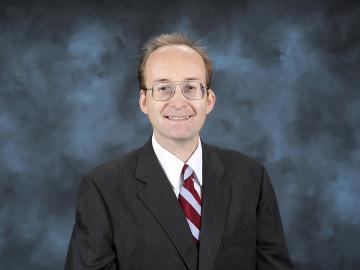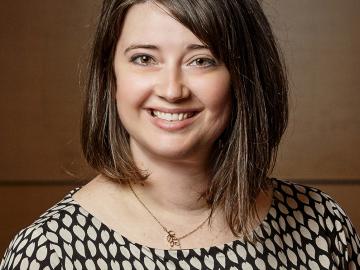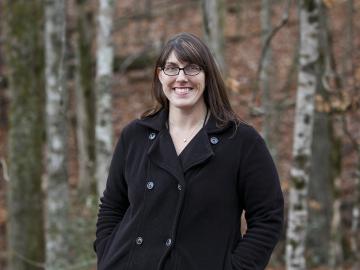
Balaprakash chosen for Tennessee’s new AI advisory council
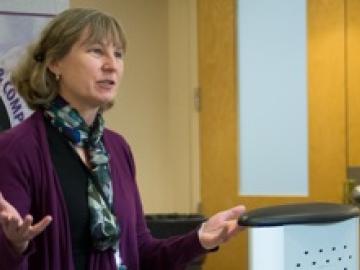
Ecologist Virginia Dale is an ORNL corporate fellow and director of the lab’s Center for BioEnergy Sustainability. In her work she focuses on environmental decision making, plant succession, land-use change, landscape ecology, ecological modeling, sustainability, and bioenergy systems. Dale...
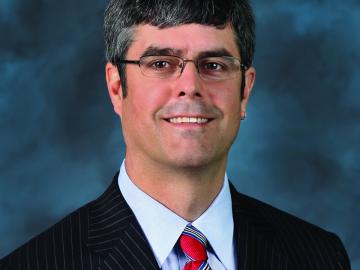
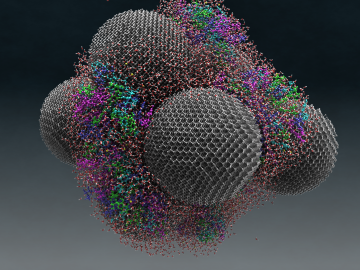

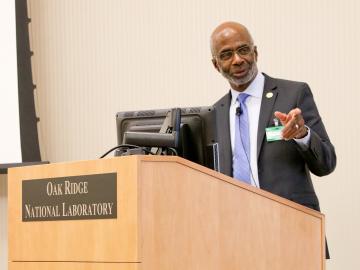
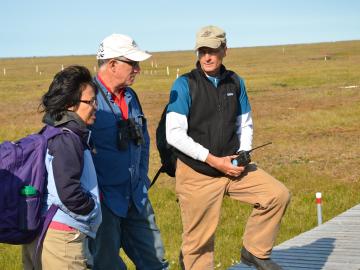
Stan Wullschleger did not intend to stay so long at Oak Ridge National Laboratory, but as many other scientists can relate, time flies when you’re engaged in interesting work. “I don’t know if you can tell while it’s happening or you just notice it in hindsight, but the lab is a wonderful place t...
